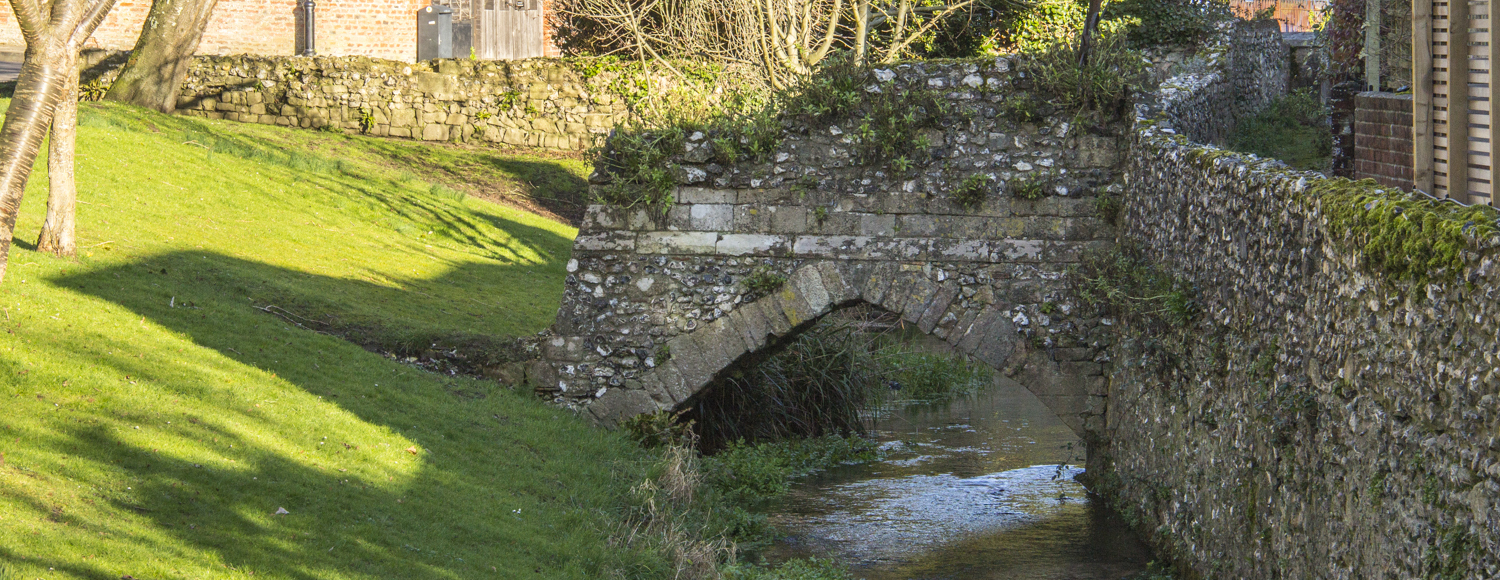
Winchester in Hampshire, England is a very popular tourist destination. Every day coach loads of visitors arrived and depart on Broadway in the city centre. These comings and goings are watched over by an imposing figure – the Anglo-Saxon King, Alfred the Great. His statue, created by Hamo Thornycroft, was placed there in 1901 to celebrate one thousand years since Alfred died. He became king of England and made Winchester his capital in 871. He ruled Wessex until his death in 899. Alfred had successfully defended Wessex, a region of Southern England, against attacks from the Vikings and whoever ruled Wessex inherited the title of King of England. The unveiling of this statue was a momentous occasion and multiple celebrations were enjoyed by the whole town.
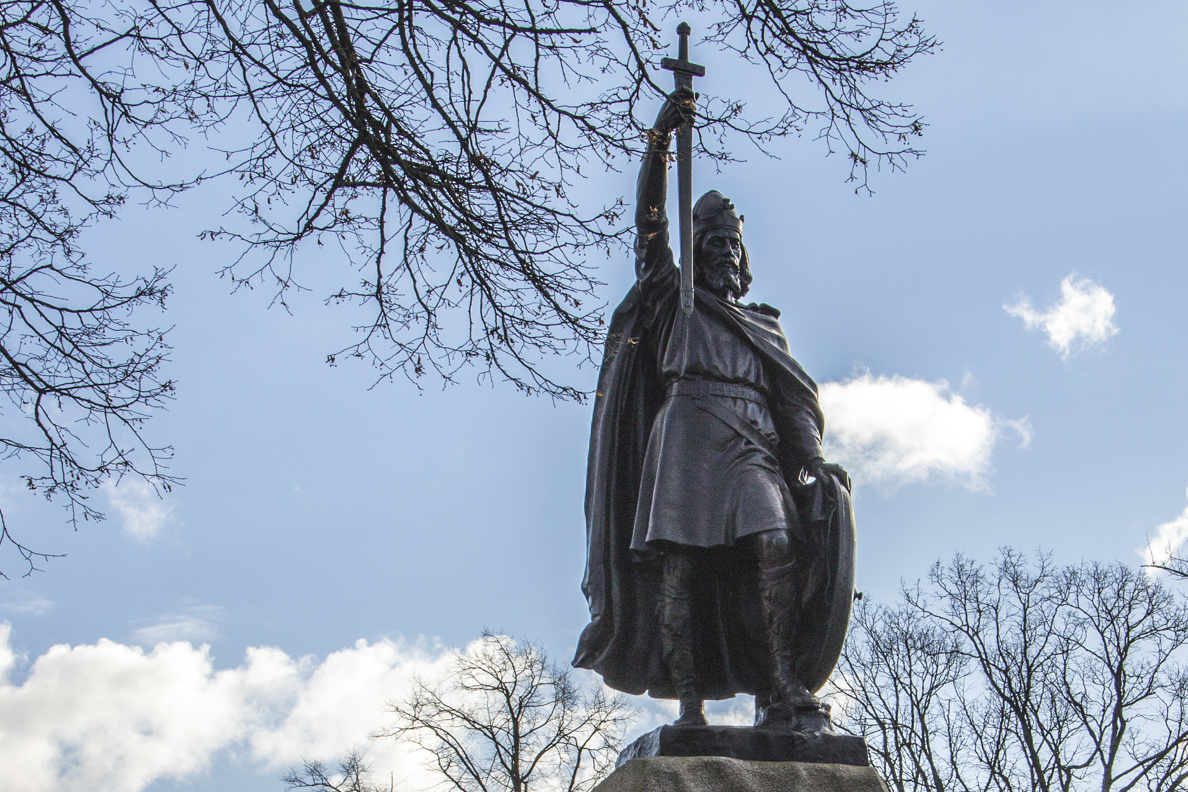
Alfred established a defensive system to protect his kingdom. Winchester was rebuilt and people were encouraged to settle there. The town prospered and when the growing population became too large for its Saxon cathedral, the Old Minster, the New Minster (next to the Old Minster) and Nunnaminster were founded. Later renamed Hyde Abbey and St Mary’s Abbey these two institutions soon became the most important centres for art and learning in England. Alfred died before the New Minster was completed and was buried in the Old Minster. His son, Edward the Elder, completed the building of the New Minster and Alfred’s body was moved there. At the beginning of the twelfth century the Old Minster was enlarged to become the first cathedral of Winchester. To make room for the new cathedral the New Minster was moved to the suburb of Hyde and became known as Hyde Abbey. The bodies of Alfred, his wife and his son were moved there and buried before the high altar. Today, thanks to the destruction that took place during the Dissolution of the Monasteries by Henry VIII all that remains of the original abbey is the attractive fifteenth century gatehouse. Adjoining this gatehouse is a medieval barn containing twelfth century stonework.
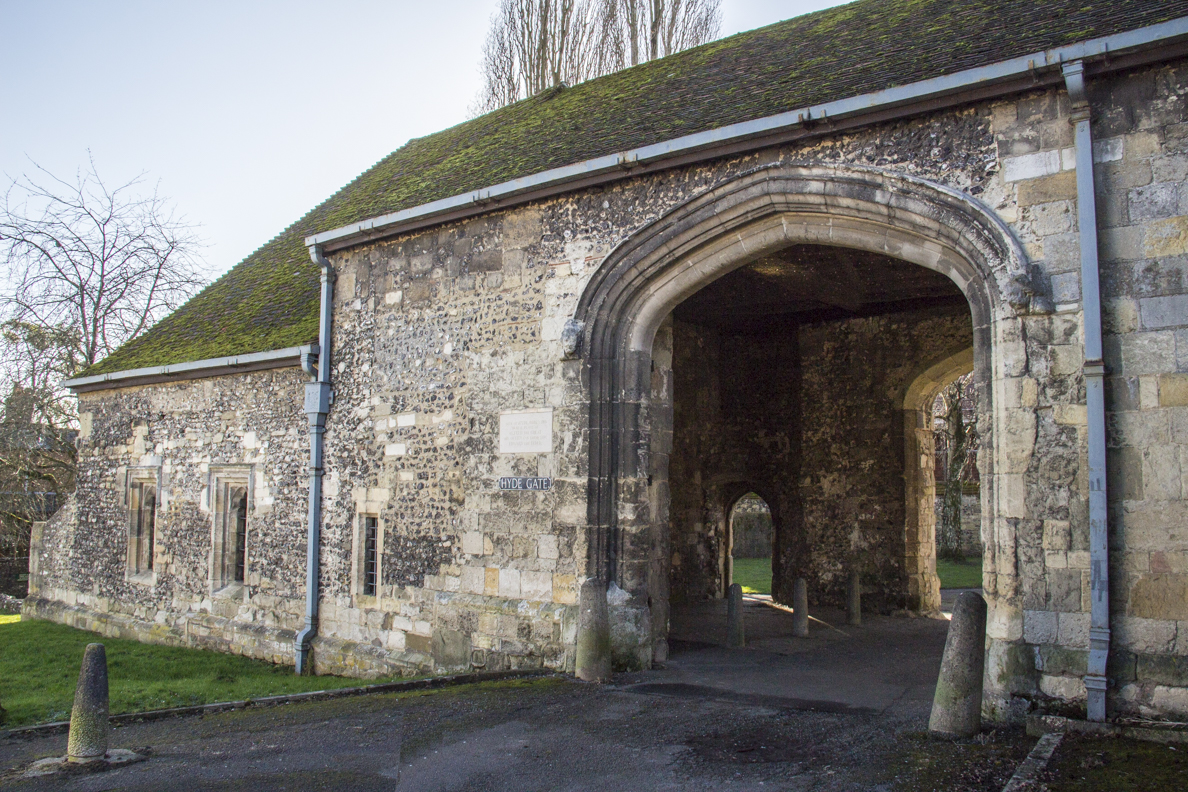
During the sixteenth century stones from the abbey were used to rebuild the tower of the original church. The chancel was rebuilt and the rest of the church was restored in the nineteenth century using stones from the abbey that had been scavenged for local farm buildings. This church, the parish Church of Saint Bartholomew incorporates some of the features from the original church decorate the interior of the church including five carved capitals. In 1997 to 1999 a community dig led by Winchester City’s archaeologists succeeded in finding the foundations of the east end of the old Hyde Abbey church, thought to be the site of the graves of Alfred and his family. To preserve this site, it was decided that a garden should be established here. This led to the formation of a group known as the Friends of Hyde Abbey Garden who were responsible for establishing the garden and its continuing maintenance and funding. Kim Wilkie was chosen to design the gardens and Tracey Sheppard engraved the glass panel placed at the entrance to the gardens. I enjoyed exploring the site of Hyde Abbey a peaceful and pretty location on the banks of the Hyde Bourne a tributary of the River Itchen that flows through Winchester.
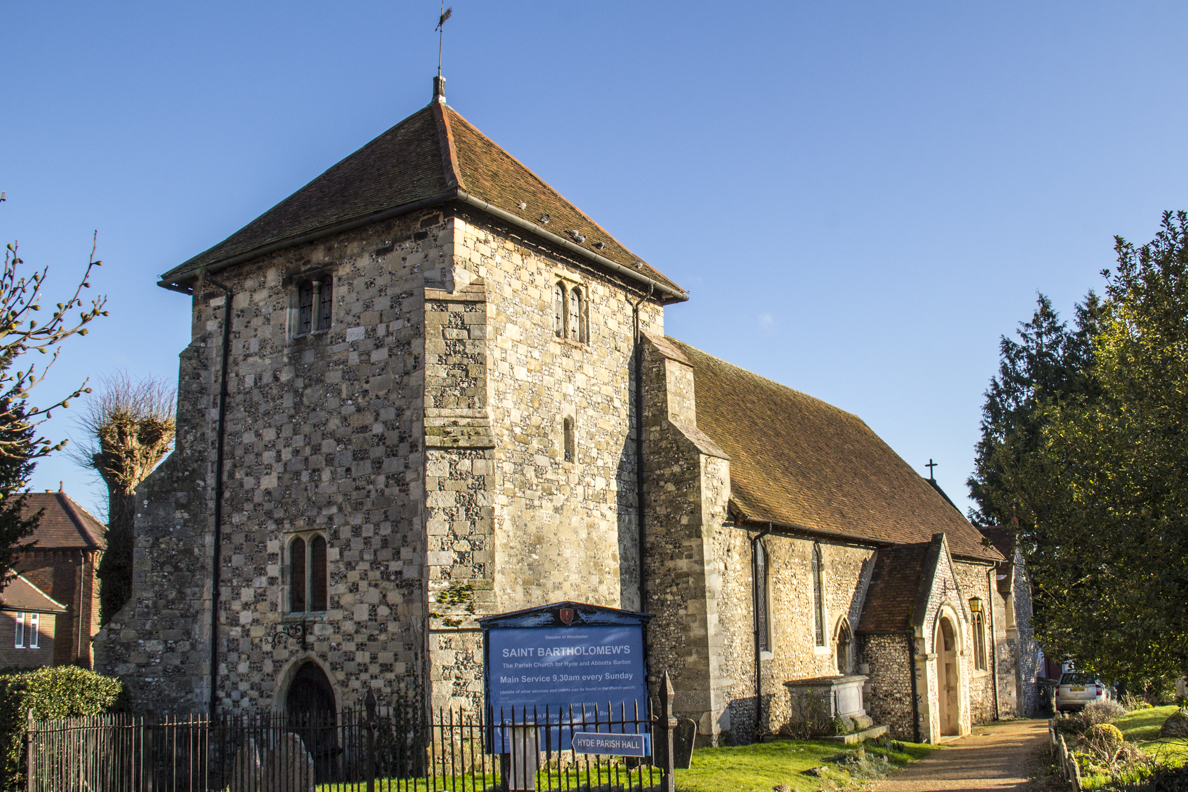
While Winchester remained the capital of England significant development took place in the town. In 1067 William the Conqueror built Winchester Castle. It was a great stronghold and the seat of government for more than a century. The castle was extended and rebuilt by Henry III, who added the Great Hall. When the castle was captured and destroyed during the English Civil War only the Great Hall remained intact. This fine example of a medieval aisled hall has been restored and is now open to the public and used as a venue for events. Hanging on one of its walls is the iconic Round Table linked to the ancient legends of King Arthur and his Knights. During the fifteenth century Winchester was identified as the site of Camelot. Did King Arthur really exist or was he just a mythical creation? The table is solid evidence that he might have been real.
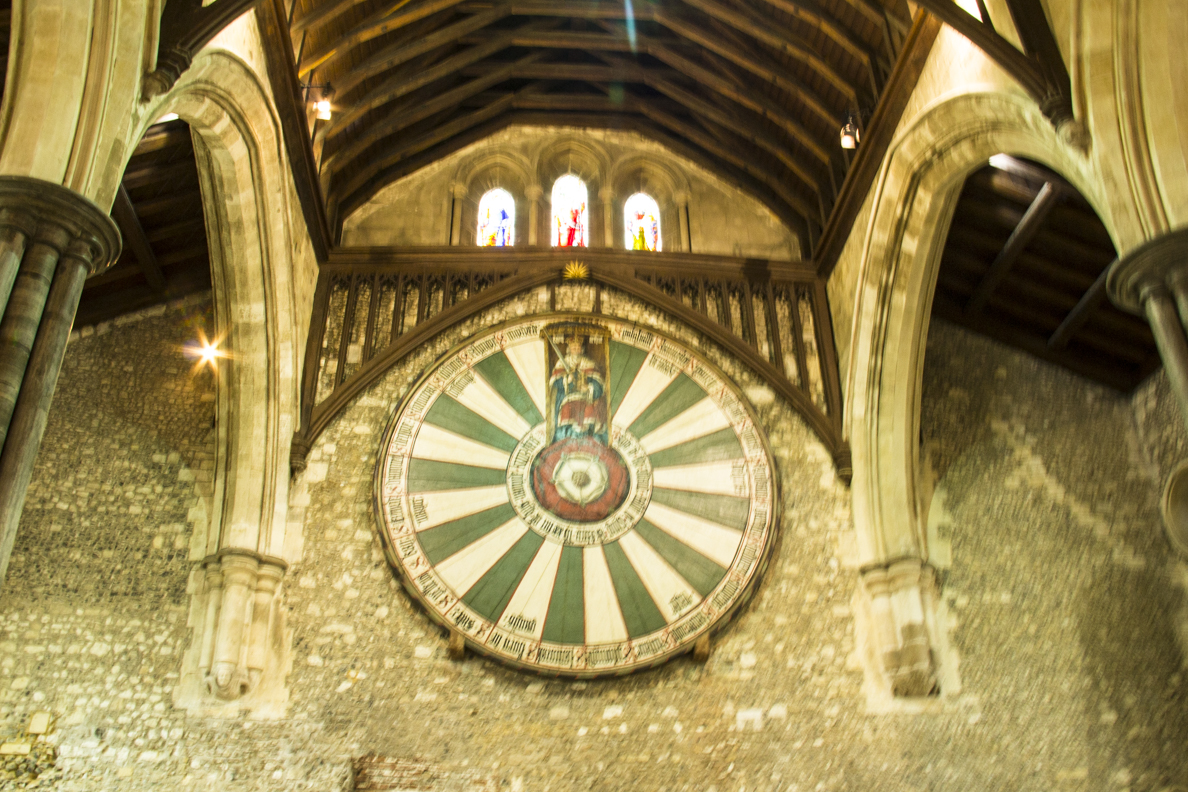
Behind the Great Hall is a small, narrow garden, a re-creation of an early medieval garden and known as Queen Eleanor’s Garden. Two women named Eleanor would have sat in this garden Eleanor of Castile, the wife of Edward I and Eleanor of Provence, the wife of Henry III. Both of them spent a lot of time in Winchester. All the plants and features in this garden are typical of thirteenth century gardens. In those days, gardens were much greener and often included vegetables and herbs. Across an open courtyard from the Great Hall are some remains of the Castle foundations, the entrance to a sallyport (secret tunnel) and a stairwell that leads to a castle cellar.
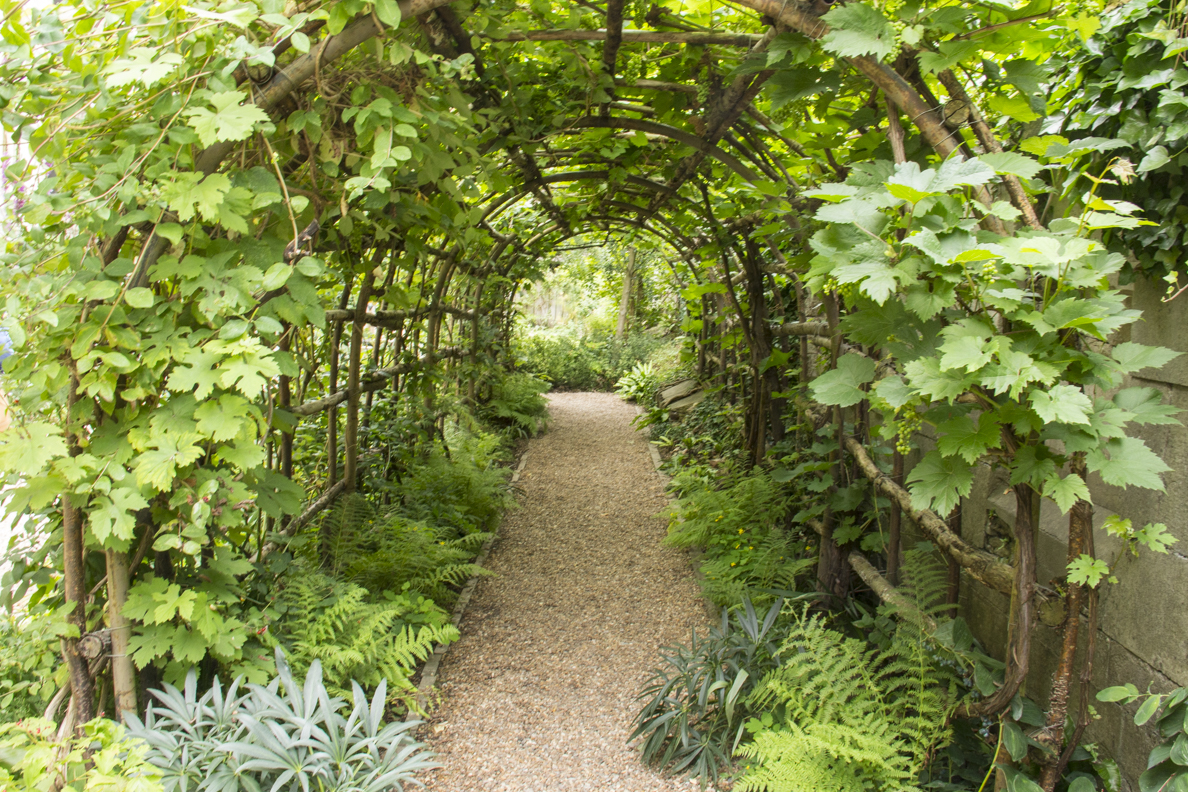
Very close to the Great Hall, at the upper end of the High Street, is Westgate one of the last two surviving main medieval gates into the city. This gate was built during the twelfth century and a portcullis and two gun ports were added over the next two centuries. When the city no longer relied on its defences Westgate was used as a gaol and debtors prison. Since the late nineteenth century gatehouse has been used as a museum and store for the city archives. Today, exhibits in this beautifully refurbished, listed monument divulge the history of the Tudor and Stuart era in Winchester. Also on display is a unique collection of weights and measures. Visitors can also walk out onto the roof to enjoy the urban panorama below.
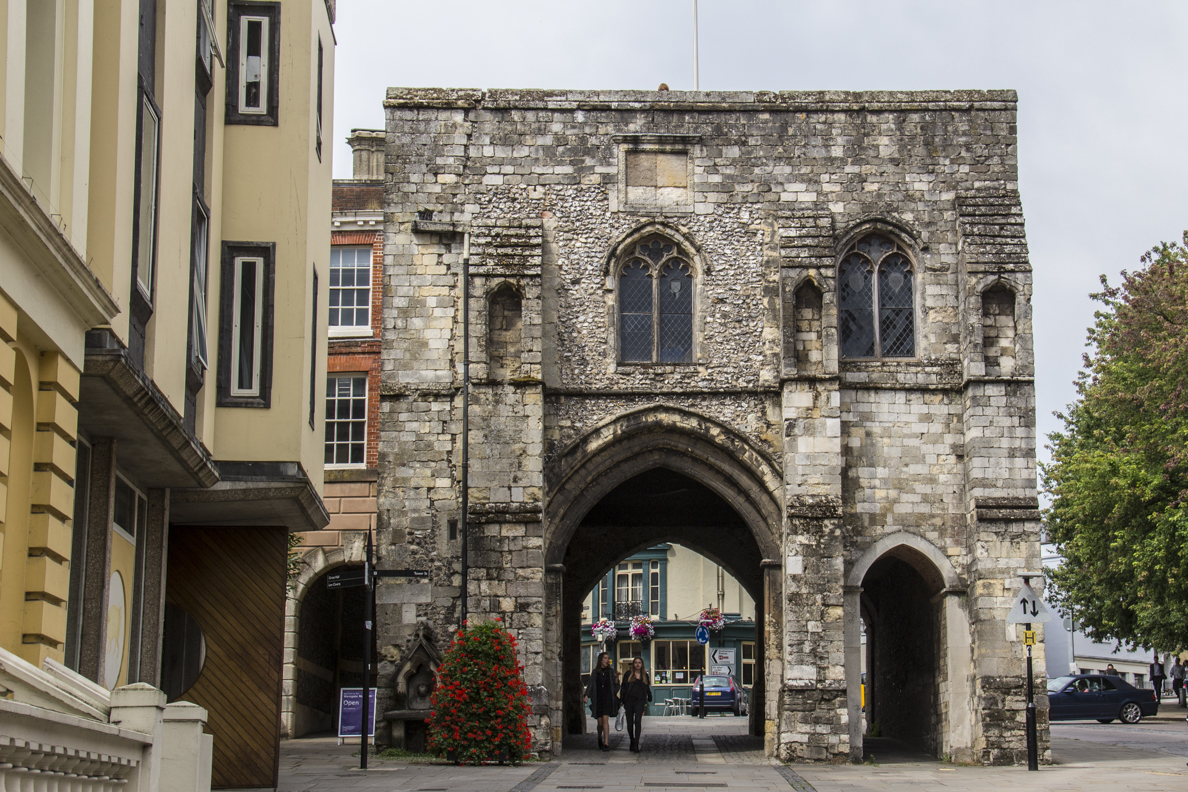
Of the six medieval gates only two have survived and the second is Kingsgate. A gate, built on or near the site of one of the Roman gates into the city was first mentioned during the twelfth century. However, this gate probably dates back to the fourteenth century. The pedestrian walkways were added during the eighteenth century.
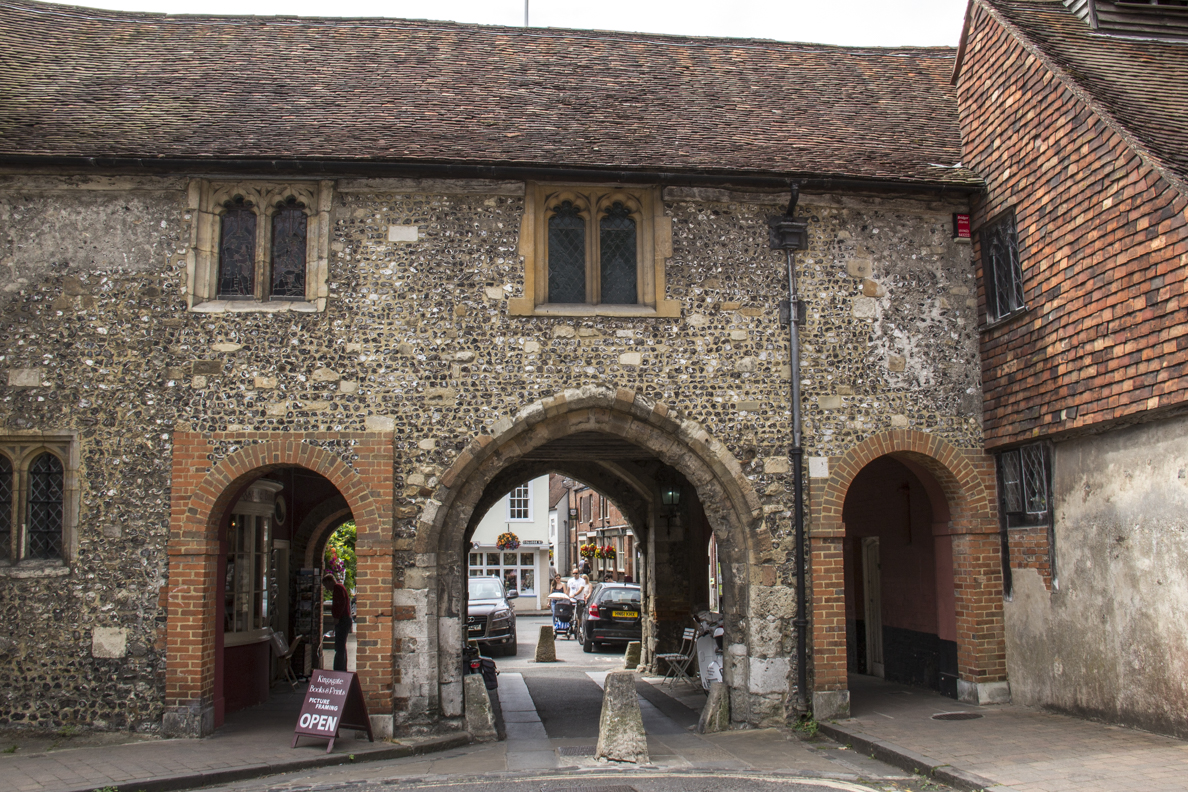
Above Kingsgate and, unusually, forming part of the fabric of the old city walls, is the small church of St Swithun-upon-Kingsgate. St Swithun is the patron saint of Winchester Cathedral. However, not much is known about his life except that he was born in Winchester around 800 AD. The saint is the subject of several legends. It is said that when he met an old lady on the City Bridge she was s startled that she dropped her basket of eggs. St Swithun miraculously repaired the broken eggs. When St Swithun died he was buried, as he had requested, outside the Old Minster. When the Old Minster was rebuilt during the tenth century and became the first Winchester Cathedral the relics of St Swithun were moved. The date was 15th July 971, henceforward to be known as St Swithun’s Day. That day it rained very heavily resulting in a tradition that remains to this day – it if rains on St Swithun’s Day it will rain for next forty days. The little church, accessed by a narrow stairway beside the gate, is simple and charming.
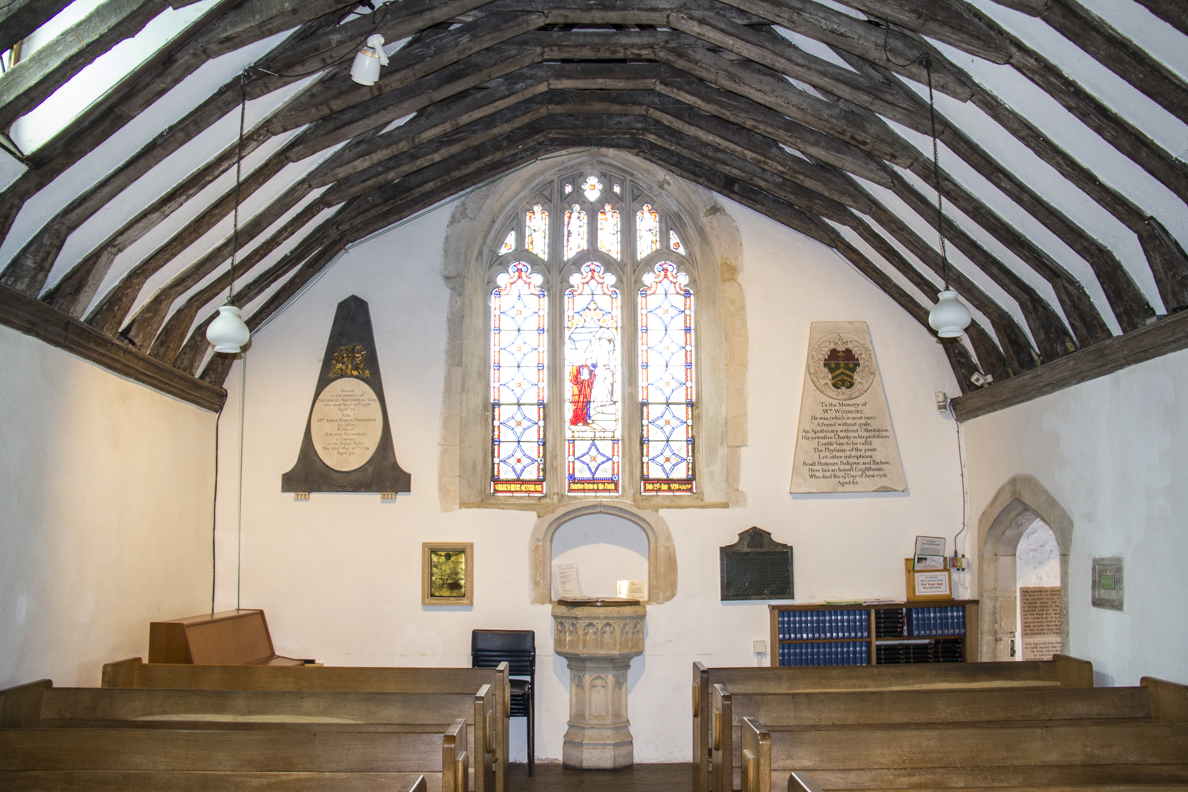
Dominating The Square in Winchester is an unusual building that houses the City Museum, Hampshire’s oldest museum. It’s light modern interior tells the story of Winchester in three galleries on its three floors from Roman times (top floor) to the present day. It was pleasure wandering through the well-organised displays marvelling at ancient artefacts and nostalgic exhibits. I was fascinated by the model of Winchester town based on the first ordnance survey map of 1871. I spent a long time re-tracing the walk I had done that day both historically and geographically.
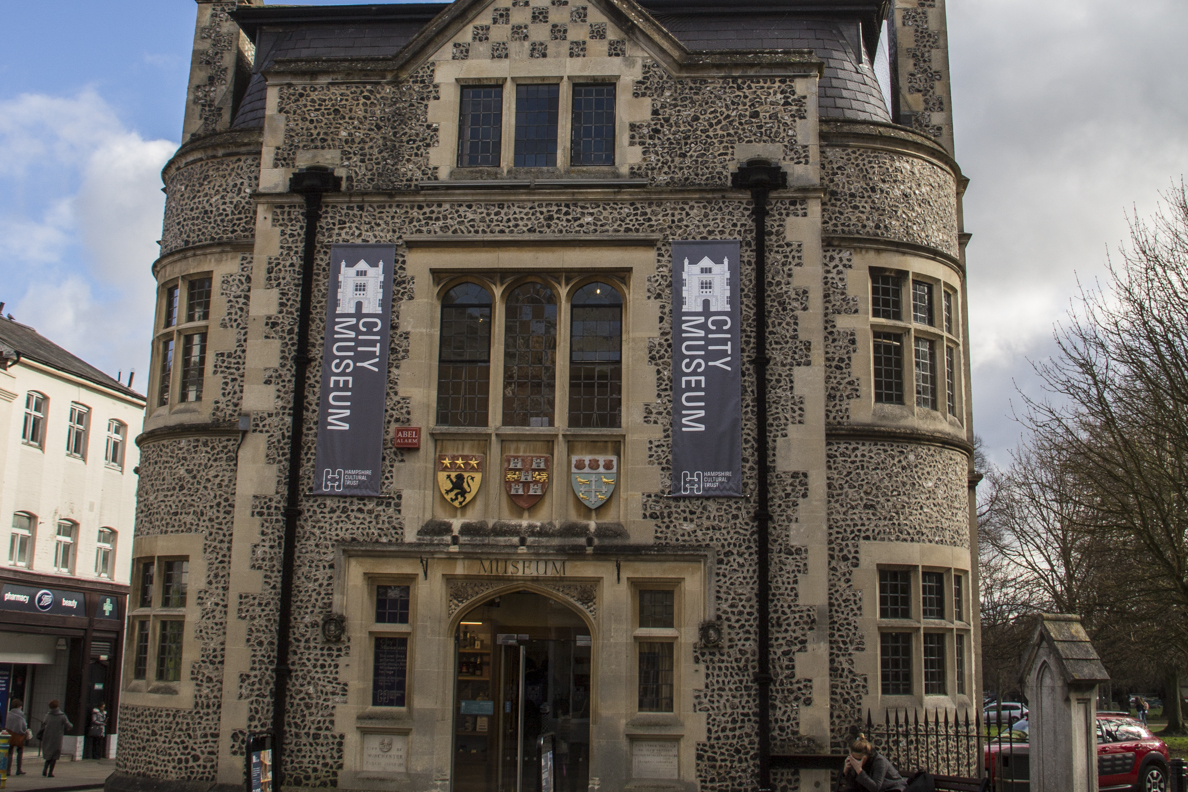
Getting There
Just off the M3 Winchester is easily accessible by road and there are regular train services from London and Manchester.
Now Available on GPSmyCity.com
This article is now featured on GPSmyCity. To download this article for offline reading or travel directions to the attractions highlighted in this article, go to Walking Tours in Winchester on GPSmyCity